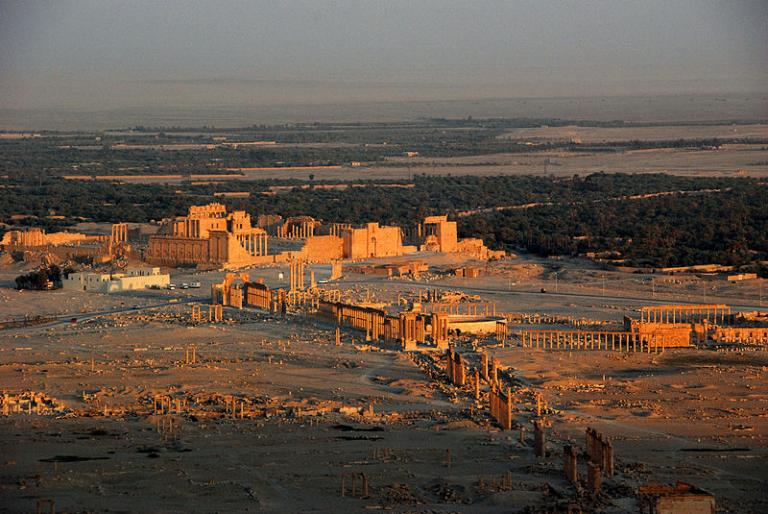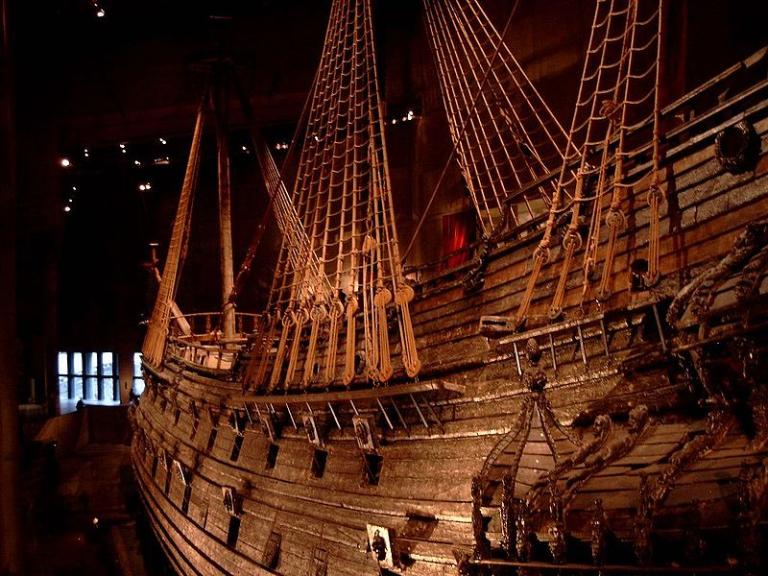
The self-proclaimed “Islamic State” has committed unusually gruesome mass murders wherever it’s been able to gain power, but it has also practiced the destruction of cultural monuments, historic buildings, and archaeological sites with industrial efficiency.
This article sets out the way in which cutting edge technology is being deployed in order to preserve information about how these destroyed monuments looked before the barbarians of ISIS arrived on the scene:
http://www.pbs.org/wgbh/nova/next/ancient/digital-preservation-syria/
On a related note, my wife and I spent much of the afternoon here in the Vasamuseet, which houses the early-seventeenth-century Swedish warship Vasa. Built under the ambitious King Gustavus Adolphus (Gustav II Adolf, widely considered one of the greatest military commanders of all time), it was among the most heavily armed warships of its day.

Alas, though, by “day” I mean day. The Vasa was badly designed. It rode too high in the water and was top heavy with too little ballast, and it capsized and sank in a slight breeze within twenty minutes of its launch, opposite the royal palace of Stockholm, on 10 August 1628.
There were roughly 200 people aboard, including small children and the wives and daughters of members of the crew. At least thirty of them died.
It was a catastrophic blow to the king’s plans for his navy, and a national and royal humiliation.
In the latter half of the twentieth century, though, the ship was recovered, and it has since been painstakingly conserved. Fully 98% of the original vessel survives today. It was beautifully carved and decorated, and investigators have learned a great deal from it about early seventeenth century Sweden, naval architecture of the period, and even, from the skeletal remains of fifteen people recovered with the wreckage, about the health and diet of early modern Swedes.
If you want an illustration of how science can help to recover the past, the Vasa — along with the beautifully laid-out museum in which it’s now housed — offers a spectacular example.
Posted from Stockholm, Sweden











